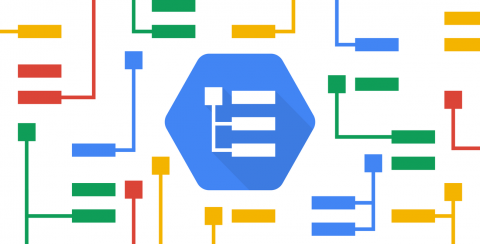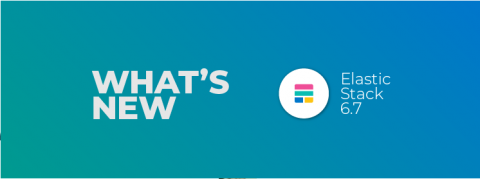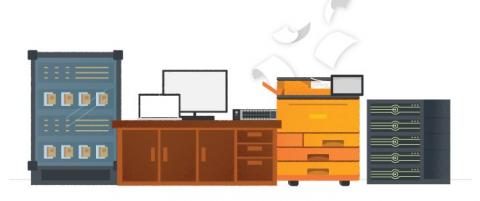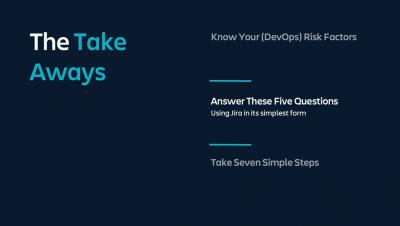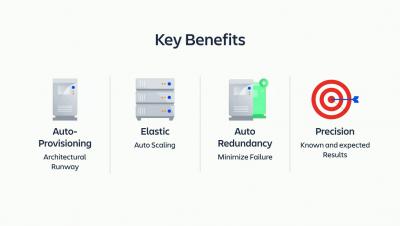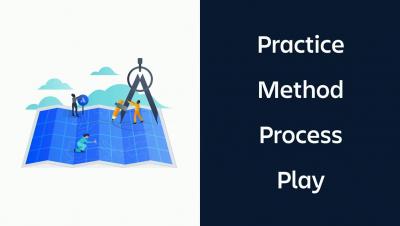The Future of Serverless is ... Functionless?
I’m in a position where I converse with our customers and cloud service providers, and I keep track of conversations happening through blogs and social media. I then sift through all this data to identify patterns and trends. Lately, I’ve seen some talk about an architectural pattern that I believe will become prevalent in the near future.



